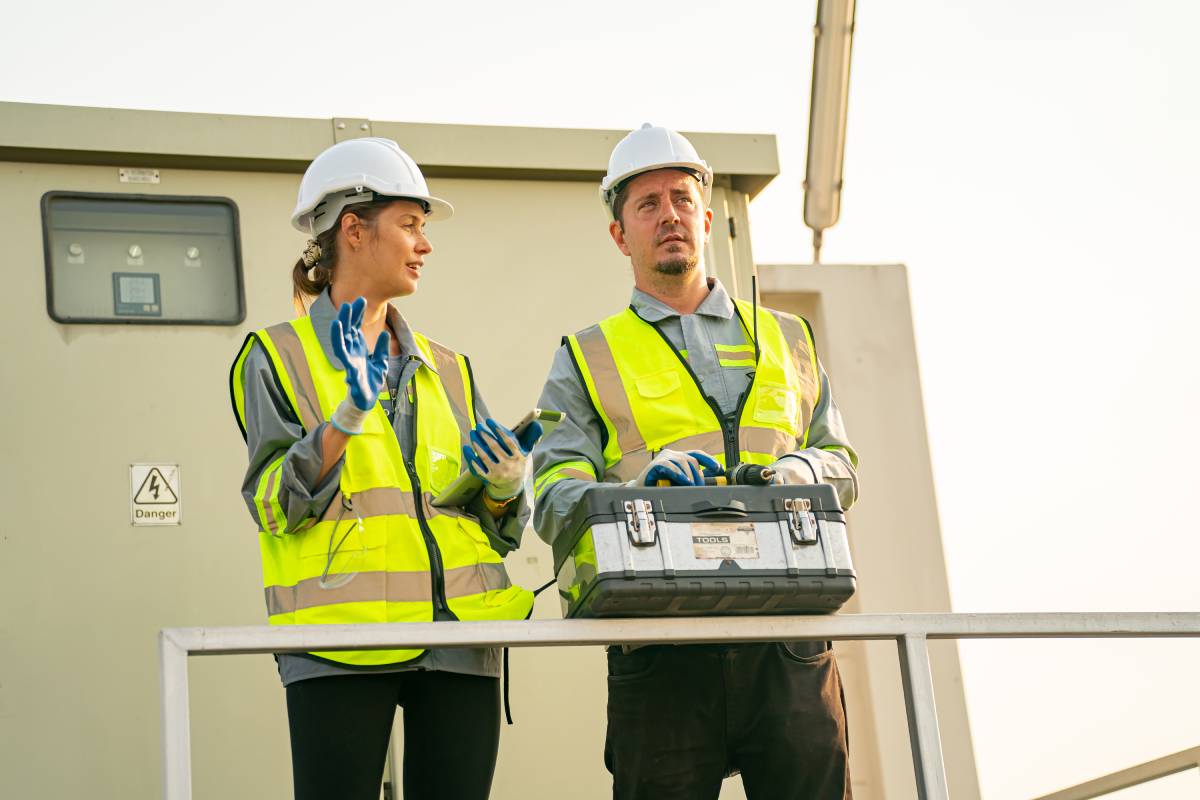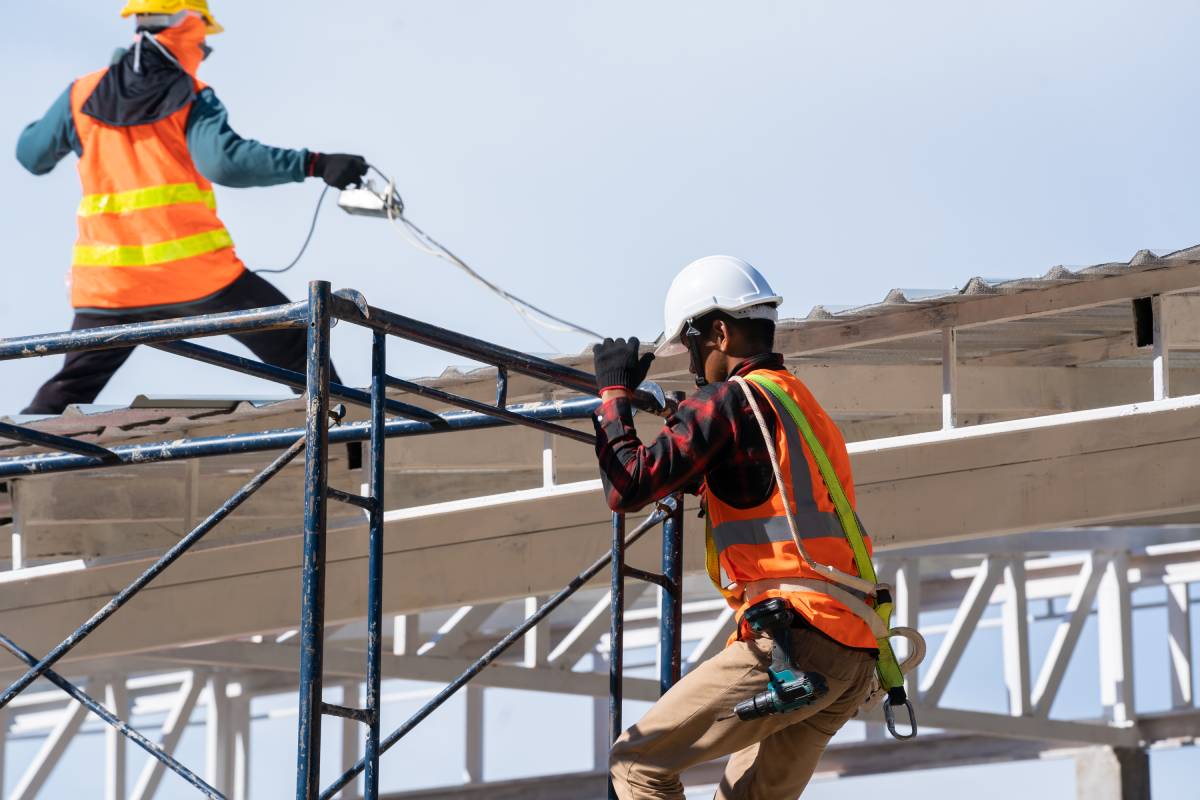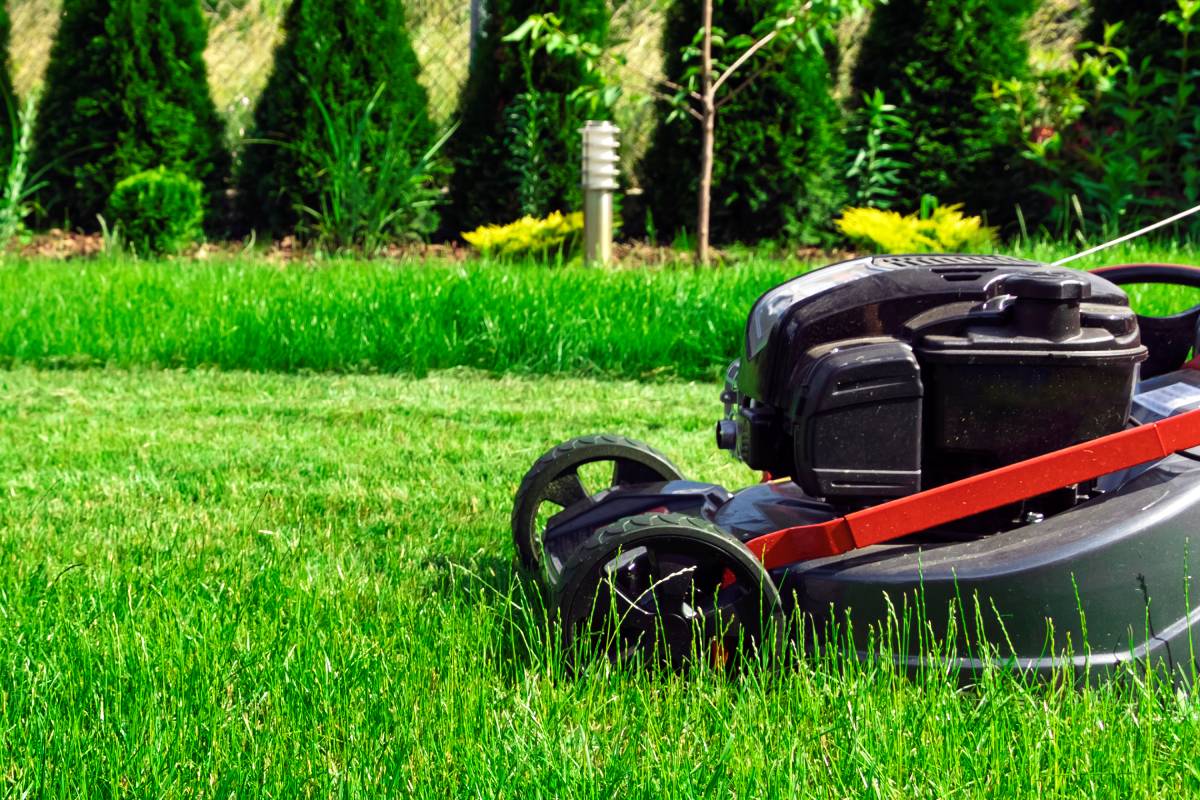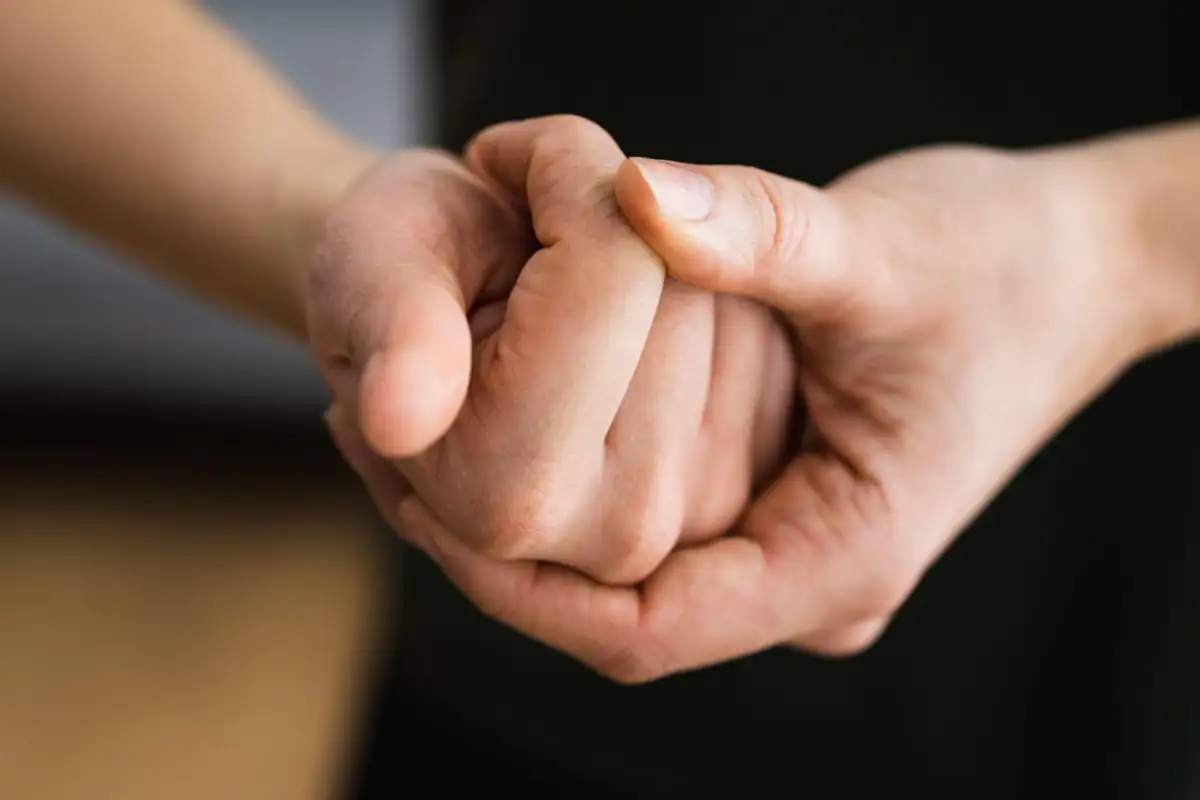Over the past ten years, there have been more than 1,850 traumatic injury fatalities in Australian workplaces, and over 1,140,000 workers have made a serious workers’ compensation claim involving more than one week of working time lost. That’s around one in every twelve workers.
Thankfully, because we understand the risks present on construction sites, we also know exactly what precautions to take. Construction managers who prioritize safety can significantly enhance the well-being of their workers.
Implementing safety protocols that address common construction hazards, such as falls, and emphasizing best practices like effective communication, leads to more productive and secure job sites.
Here are 9 construction site safety tips to consider.
3. Upgrading Equipment
While training plays a crucial role in site safety, accidents can still occur due to faulty or outdated equipment, ranging from personal tools like table saws to larger machinery like rollers. Modern equipment often boasts advanced safety features, so it’s essential to consider your options when acquiring equipment for your site.
Here are some points to remember regarding construction equipment:
- Perform daily safety checks: Before using any equipment, follow a checklist of daily safety checks to ensure it’s in proper working order.
- Schedule regular maintenance: All equipment requires scheduled maintenance to prevent deterioration that could lead to safety issues.
- Consider renting equipment: While buying equipment can be a wise investment, renting allows access to the latest features and ensures you have the right tools for each job.
Providing top-notch equipment to your workers helps reduce the risk of accidents caused by equipment failure. Regardless of how well-trained or cautious construction workers are, their safety ultimately hinges on the tools they use daily.
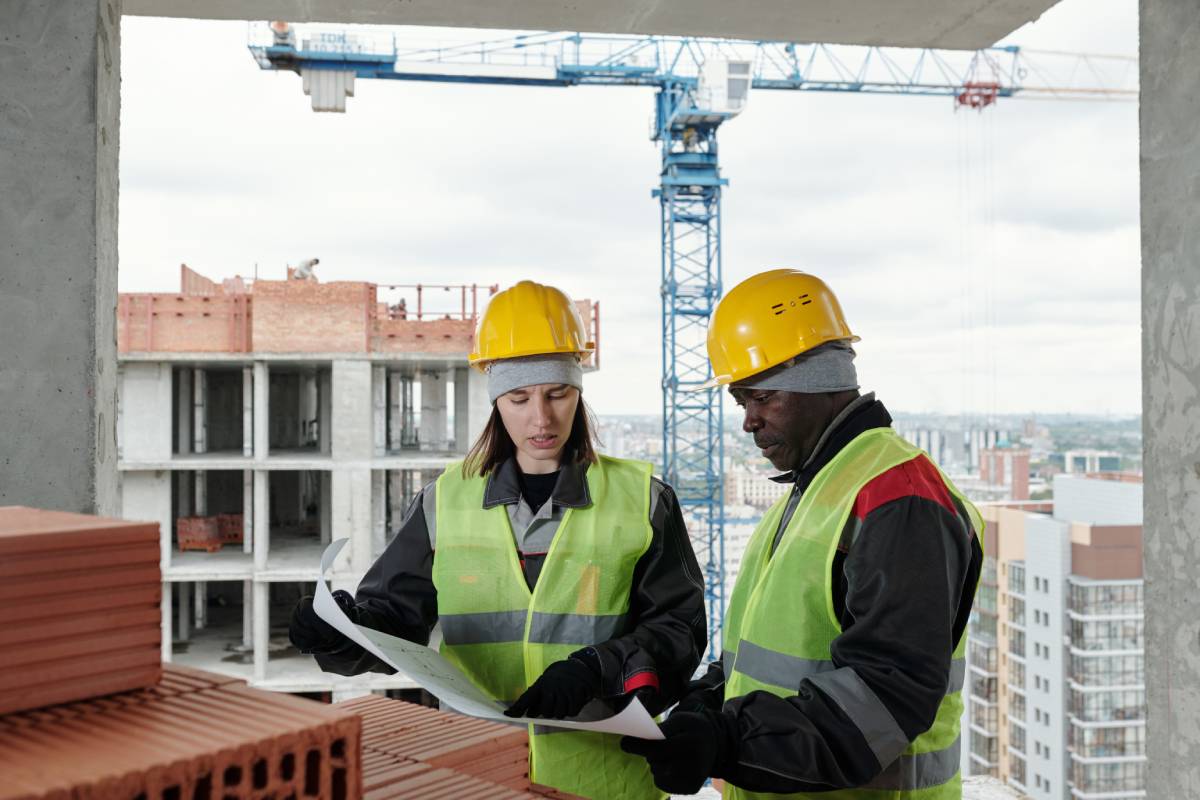
4. Don’t Forget Construction Wearables
While many safety concerns can be addressed with traditional solutions, personal construction wearables offer new avenues for safeguarding workers. Smart versions of traditional gear like gloves and boots now come equipped with enhanced safety features.
Here are some examples of construction wearables revolutionizing site safety:
- Smart hard hats prevent collisions: Equipped with sensors, smart hard hats aim to prevent dangerous collisions between workers and vehicles by alerting them to potential hazards.
- Smartwatches monitor health and activity: Smartwatches track vital signs and GPS location, helping monitor worker fatigue and ensuring lone worker safety.
- AR safety glasses provide critical information: Although still in development, AR safety glasses promise to provide instant access to safety data, such as the location of hazardous materials or leading edges.
It’s pretty wild how the gear for building stuff is getting all high-tech. Now we’ve got these rad boots that can tell if you take a tumble, and gadgets that buzz if the air’s got nasty fumes. Plus, those noise-blocking headsets that let you chat with your crew? Game changer for keeping things chill and safe on the job.
As a construction manager, investing in these technologies can usher in the future of safety at your site.
5. Improving Communication
Construction crews bring diverse skills and backgrounds to the job, highlighting the critical need for effective communication to ensure everyone is on the same page. Clear communication helps mitigate risks and is essential for keeping everyone safe when hazardous situations arise.
Here are some communication best practices to consider:
- Establish a clear chain of command: Define reporting structures to minimize confusion and conflicting instructions.
- Avoid excessive technical language: Simplify communication by using clear, understandable descriptions rather than specialized jargon.
- Promote open communication: Encourage a culture where workers feel comfortable speaking up about safety concerns without fear of retribution.
Additionally, considering the prevalence of bilingual workers in the AU preparing for a bilingual work environment can enhance safety by addressing potential language barriers that may compromise communication and safety.
Prioritizing clear communication not only enhances job site safety but also boosts productivity.
6. Planning for Emergencies
Natural disasters pose significant threats to both lives and structures, necessitating vigilance and preparedness on construction sites. Whether your area is prone to earthquakes, hurricanes, or tornadoes, being prepared for disasters is crucial for construction safety.
Here are some steps to take when preparing for natural disasters:
- Identify safe zones on the site: Define areas free from hazards where workers can seek refuge during emergencies.
- Be aware of utilities: Understand the location of electric poles and gas lines on the site, as they may be compromised during disasters.
- Develop an evacuation plan: Establish a designated meeting point off-site in case the construction site becomes unsafe.
While some disasters, like earthquakes, may strike without warning, others, such as hurricanes, offer advance notice. In situations likely to be hazardous, it’s important to close down the construction site for safety. High winds, heavy precipitation, and lightning pose risks to construction workers, so having a safety plan in place to avoid such situations is crucial.
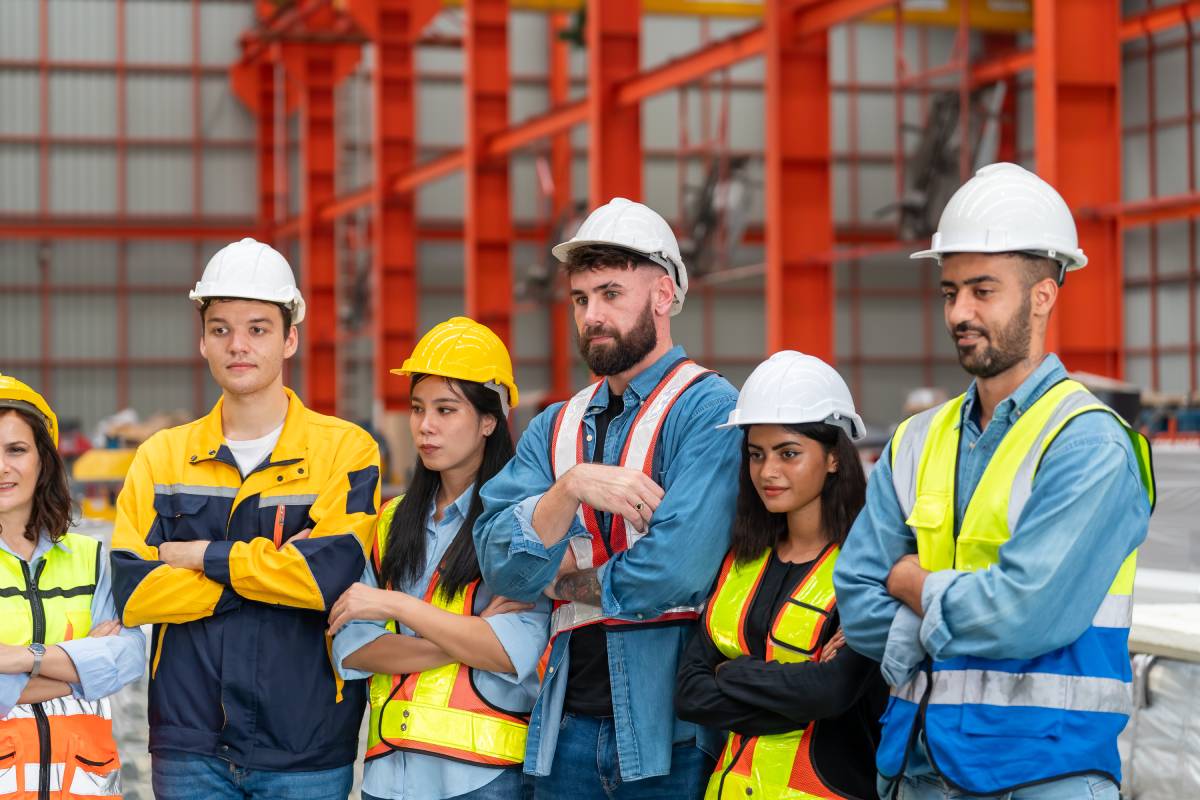
9. Establishing a Safety Plan
The cornerstone of all previously mentioned guidance hinges on a pivotal document: the safety plan. Every construction site must establish a comprehensive safety plan that not only covers all facets previously discussed but also extends beyond them. This document must be malleable, consistently evolving to mirror shifts in procedures or workforce changes.
At a bare minimum, a safety plan ought to encompass:
– Explicit allocation of duties for the site safety officer
– Details concerning the regularity and approach of safety audits
– Information about initiatives for safety education
– Specific safety measures designed for the job site in question
– Record-keeping of relevant local safety ordinances
– Protocols for addressing accidents and health crises
– Periodic assessments and modifications to the safety plan
An exhaustive safety plan might incorporate additional elements, custom-fitted to the distinct needs of each location. Nonetheless, the fundamental goal of every safety plan remains steadfast: to place worker safety at the forefront.
By perpetually scrutinizing your safety measures, you cultivate an ethos of relentless improvement. With time, the construction sector will persist in its endeavour to curtail mishaps and casualties, thereby protecting its most precious resource: its workforce.

